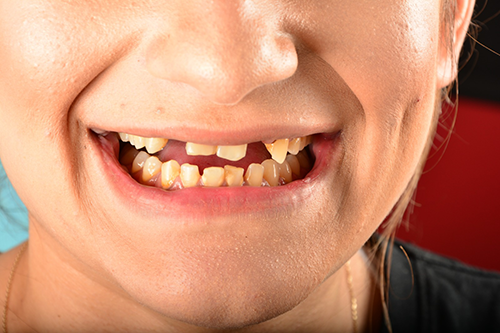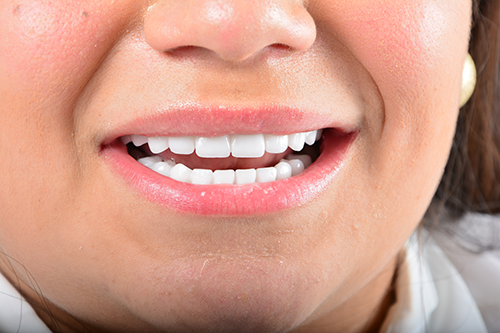What is Dental Bridges?
Dental bridges are placed when you have one or more teeth missing or have gaps between your teeth. They are generally used to eliminate gaps between your missing teeth.
What are the Types of Dental Bridges?
Here is the most common types of dental bridges:
- Traditional Dental Bridge
- Cantilever Dental Bridge
- Maryland Dental Bridges
- Implant Supported Dental Bridges
Is Dental Bridges Suitable for me?
If you have missing teeth or gaps between your teeth, you are a good candidate for a dental bridge procedure. But if you have decayed teeth around your missing tooth, a dental bridge procedure is not recommended for you. These teeth will be a foundation for the bridge, so they need to be perfectly healthy. Patients suffering from any gum disease will also need to get it treated first before the dental bridge can be applied.
What are the Benefits of Dental Bridges?
- Dental bridge is more affordable and a quicker solution more than implants.
- They restore function to your mouth and allow you to speak and chew properly.
- Dental bridges prevent the misalignment of surrounding teeth.
- They are easy to care for.
- Dental bridges are a long lasting treatment option and can last for more than 10 years.
Which Anesthesia Method is used for Dental Bridge Treatment?
Your dentist generally uses local anesthetic. There is no need to use general anesthetic.
What is Dental Bridges Procedure?
Dental bridge process begins by preparing the teeth on either side of the gap. Your dentist grinds down these teeth, removing any decay. Next, they will take an impression of the mouth that will help with fitting the bridge. After that, your dentist will put a temporary bridge on the damaged teeth to protect them. Temporary bridges include structures that look like real teeth, but they are not permanent.
Once the real bridge is ready, your dentist removes the temporary structures and affixes the bridge using strong adhesives.
The process is similar for cantilever bridges, though only one tooth will need a crown. A Maryland bridge requires less preparation, since no crowns are involved.
Dental Bridges Recovery Process
Your mouth may feel tender and sore after your dentist grinds down the teeth. Also you may feel sore after the placement of the bridge. Your gums may be tender and bleed.
For most people, this soreness goes away after a few days. However, the gums may need a few weeks to completely heal from the procedure.
Dental Bridges Aftercare
Avoid very hot and cold foods and drinks.
Eat soft foods for a while. For example soup, pudding, fruit juice.
Avoid sugary and sticky foods. For example jellybeans or gummy bear.
When You Should Call Your Dentist?
If any of side effects continue, you should visit your dentist.
How Many Days Needed for the Treatment?
Your treatment can be completed in 4 days.



















